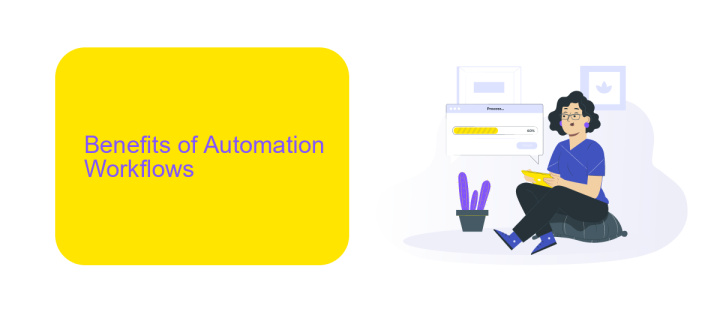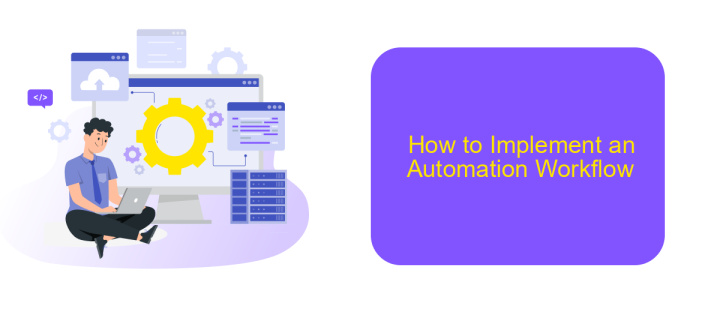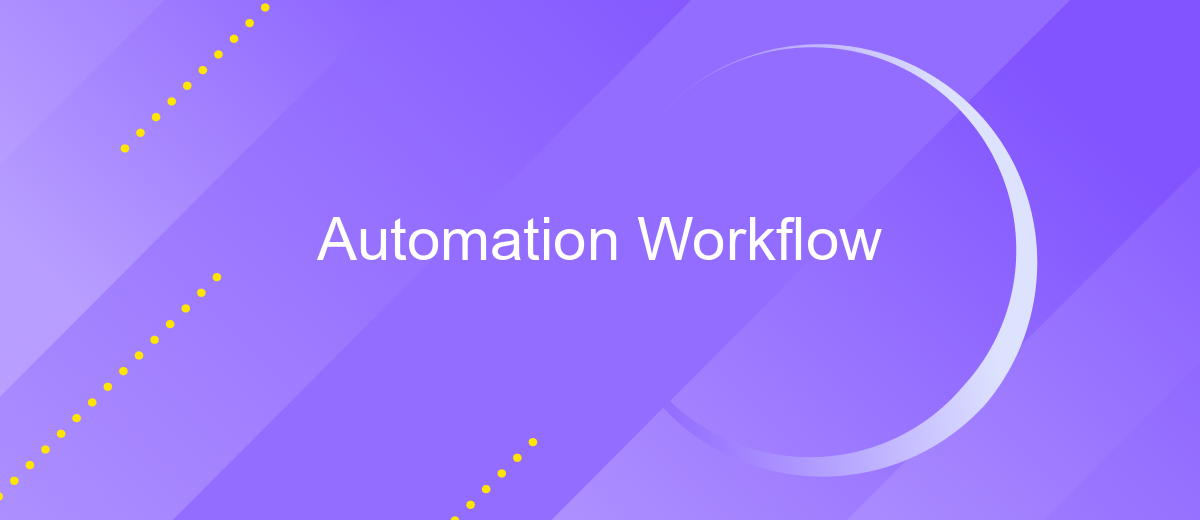Automation Workflow
Automation workflow is revolutionizing the way businesses operate, enhancing efficiency and reducing the margin for human error. By streamlining repetitive tasks and integrating various processes, companies can focus on innovation and strategic growth. This article delves into the key components of automation workflows, their benefits, and how they can be effectively implemented across different industries.
Introduction
Automation Workflow is a crucial component in modern business operations, enabling companies to streamline processes, reduce manual effort, and increase efficiency. By automating repetitive tasks, businesses can focus on more strategic activities, leading to improved productivity and growth.
- Reduced operational costs
- Improved accuracy and consistency
- Enhanced scalability and flexibility
- Better resource allocation
One of the essential aspects of setting up an effective automation workflow is integrating various tools and services seamlessly. Platforms like ApiX-Drive facilitate this process by offering easy-to-use solutions for connecting different applications. With ApiX-Drive, businesses can automate data transfers, synchronize systems, and ensure smooth operation across multiple platforms without the need for extensive coding knowledge.
Benefits of Automation Workflows

Automation workflows significantly enhance productivity by streamlining repetitive tasks, allowing employees to focus on more strategic activities. By automating routine processes, businesses can reduce the risk of human error, which often leads to costly mistakes. Furthermore, automation ensures consistency and reliability, as tasks are performed the same way every time, adhering to predefined standards and protocols. This not only improves efficiency but also enhances the overall quality of work, leading to higher customer satisfaction.
Another key benefit of automation workflows is the seamless integration of various systems and applications. Tools like ApiX-Drive facilitate these integrations effortlessly, allowing different software to communicate and work together without manual intervention. By connecting disparate systems, businesses can create a cohesive and efficient operational environment. This integration capability helps in real-time data synchronization, providing accurate and up-to-date information across platforms, which is crucial for informed decision-making. As a result, businesses can respond more quickly to market changes and customer needs, maintaining a competitive edge.
Types of Automation Workflows

Automation workflows are essential for streamlining business processes and improving efficiency. These workflows can be categorized into various types, each serving a unique purpose and application.
- Rule-Based Automation: This type uses predefined rules and conditions to automate repetitive tasks. It’s ideal for processes with clear, structured steps.
- Robotic Process Automation (RPA): RPA uses software robots to mimic human actions and automate complex tasks, often involving multiple systems.
- Integration Automation: Tools like ApiX-Drive help integrate different applications, allowing seamless data transfer and synchronization between systems.
- Artificial Intelligence (AI) Automation: AI-driven workflows leverage machine learning and natural language processing to handle more complex, decision-based tasks.
- Business Process Automation (BPA): BPA focuses on automating end-to-end business processes, often involving multiple departments and workflows.
Choosing the right type of automation workflow depends on the specific requirements and complexity of the tasks at hand. By leveraging tools like ApiX-Drive, businesses can ensure efficient integration and automation of their processes, leading to enhanced productivity and reduced operational costs.
How to Implement an Automation Workflow

Implementing an automation workflow involves several crucial steps to ensure efficiency and effectiveness. First, identify the specific tasks and processes that can be automated within your organization. This involves analyzing repetitive tasks and determining their potential for automation.
Next, select the right tools and software that best suit your automation needs. Platforms like ApiX-Drive can be incredibly helpful, as they offer seamless integration with various services, simplifying the automation process. ApiX-Drive allows you to connect different applications and automate data transfers without extensive coding knowledge.
- Identify tasks for automation
- Select appropriate automation tools
- Set up integrations with platforms like ApiX-Drive
- Test the workflow to ensure it functions correctly
- Monitor and optimize the automated processes
After setting up the integrations, it's essential to test the entire workflow to identify any issues or inefficiencies. Regular monitoring and optimization are also crucial to adapt to any changes in processes or tools. By following these steps, you can create a robust automation workflow that enhances productivity and reduces manual effort.
Best Practices for Automation Workflows
When designing automation workflows, it's essential to start with a clear understanding of the end goal. Identify repetitive tasks that consume significant time and resources, and prioritize automating these processes first. Ensure that each step in the workflow is well-documented and that there are clear criteria for success. This will help in troubleshooting and optimizing the workflow as needed. Additionally, always test the workflow in a controlled environment before deploying it live to avoid disruptions.
Integrating various tools and platforms is crucial for a seamless automation workflow. Services like ApiX-Drive can simplify this process by providing a user-friendly interface for setting up integrations between different applications without requiring extensive coding knowledge. Regularly review and update these integrations to ensure they continue to meet your evolving needs. Finally, always monitor the performance of your automation workflows and gather feedback from users to make continuous improvements. This proactive approach will help maintain efficiency and effectiveness over time.
- Automate the work of an online store or landing
- Empower through integration
- Don't spend money on programmers and integrators
- Save time by automating routine tasks
FAQ
What is an automation workflow?
How can automation workflows benefit my business?
What kinds of tasks can be automated in a workflow?
How difficult is it to set up an automation workflow?
What should I consider when choosing a platform for automation workflows?
Do you want to achieve your goals in business, career and life faster and better? Do it with ApiX-Drive – a tool that will remove a significant part of the routine from workflows and free up additional time to achieve your goals. Test the capabilities of Apix-Drive for free – see for yourself the effectiveness of the tool.


